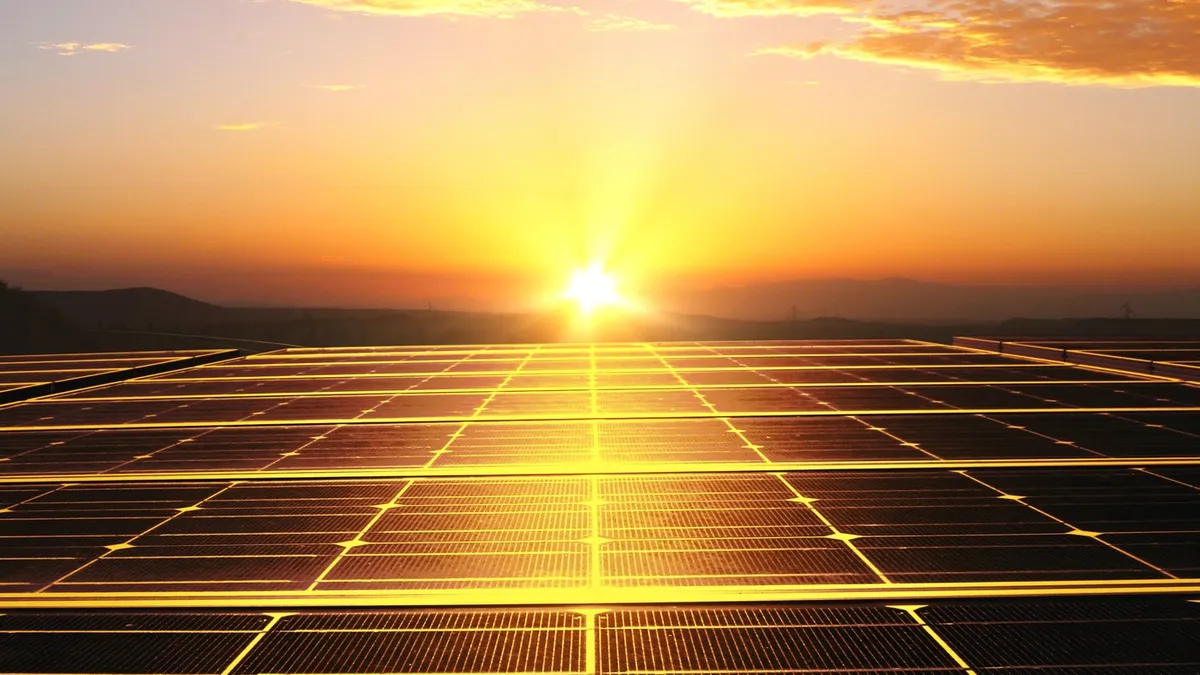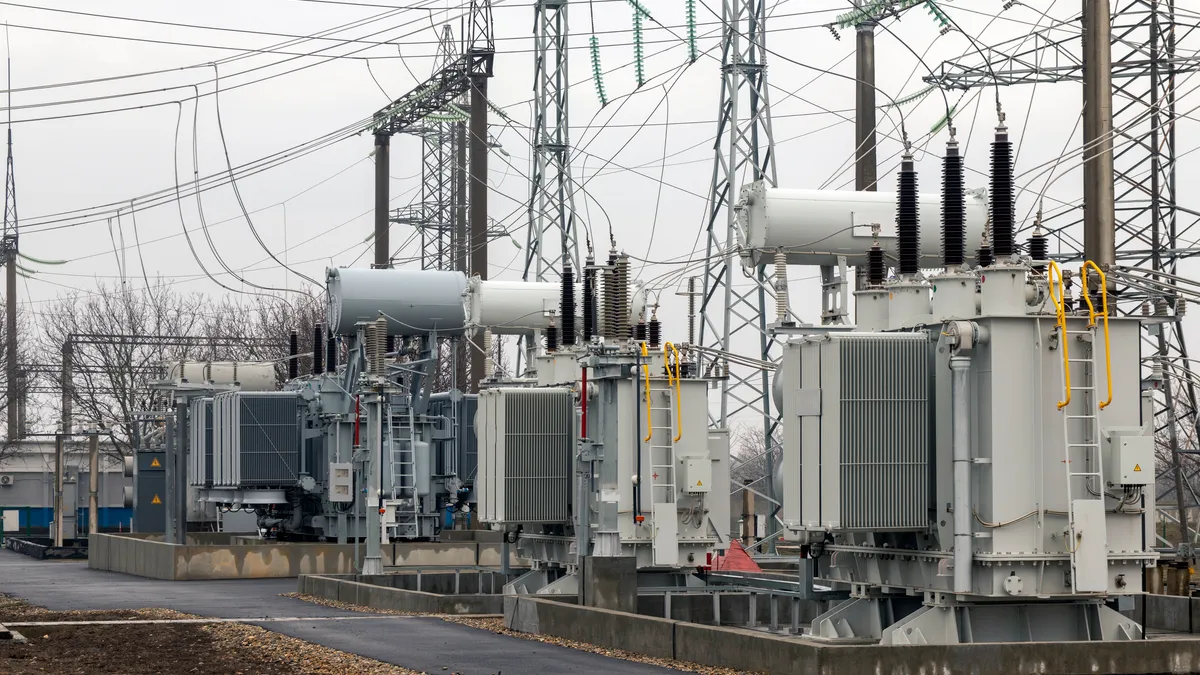A political fight is coming for solar’s crucial federal tax incentive, a fight one key industry leader warned could be “World War III.”
But beyond the foreboding politics, another industry leader said, is the possibility of "Tomorrow Power & Light," the utility of the future operating a safe and reliable system of affordable integrated central and distributed choices for electricity customers.
In 2016, solar’s federal investment tax credit (ITC) will drop from 30% to 10%. Backed by the current 30% benefit, this year’s solar installations will be 70 times higher than they were in 2006, when the Energy Policy Act of 2005 put the ITC in place. By the end of 2014, there will be nearly 30 times more total solar capacity online than in 2006.
“We’ve gone from being an $800-million industry in 2006 to a $15-billion industry today,” Solar Energy Industries Association (SEIA) President Rhone Resch said to kick off the industry’s annual national conference. “The price to install a solar rooftop system has been cut in half, while utility systems have dropped by 70 percent.”
Solar is the fastest growing of the renewables industries. “During every single week of this year we’re going to install more capacity than what we did during the entire year in 2006.”
A shot across the bow
But “make no mistake about it, there are people and groups that will do anything - and say anything - to try and stop solar dead in its tracks,” Resch said. With “duplicity, subterfuge and deep pockets” filled with Koch Brothers money, they are “emboldened” by state-level actions and “will be turning their sights on the ITC.”
Resch declared the start of a campaign to extend the ITC and promised that “as sure as World War I started in 1914, if the Koch Brothers and their allies come after solar, 2014 will be the beginning of World War III.”
Solar will “be fighting an uphill battle every step of the way,” Resch said. But because polls show “more than 90% of Americans support greater development of solar energy,” he explained, “we’re going to have a bigger, more determined army, motivated by a nobler, more righteous cause.”
The new campaign will “pound away at the fairness argument,” Resch said. Since the 1914 enactment of the oil and gas industry’s Intangible Drilling and Development Costs tax code benefit, he explained, the average annual subsidy has been $4.8 billion while renewables have received only $370 million per year for the far fewer years they have had tax incentives.
“How is that fair? 100 years for big oil but just 10 years for the 30% solar ITC,” Resch asked. Yet many in Congress who are “allies of the Koch Brothers and other anti-solar groups” want to eliminate the ITC. “Forget about it,” Resch warned them. “Walk away.”
The broad based campaign to keep the ITC in place will also, Resch said, educate Congress and urge a “commence construction” provision for the ITC, defend expanded net energy metering and renewables mandates, and push for the industry to use the “tremendous, new” opportunities in the EPA Clean Power Plan.
Utilities react
“He’s trying to rally his troops around an important issue,” Public Service Electric and Gas VP Joseph Forline said. “But solar costs have come down quite a bit and solar is getting closer and closer to being competitive. The tax credit is something that will be hotly debated in 2016 and I don’t think it is a slam dunk.”
“Solar is too important for us to get wrong,” said Pacific Gas and Electric VP Steve Malnight, whose utility has 4,500 megawatts of solar under contract and “more solar rooftops in our service territory than anywhere else in the world.” In California, he said, “we have had a lot of success working with policymakers, utilities, and solar companies. That is a track record that demonstrates how it should be done and how it can be done.”
Resch “was intentionally provocative,” said former President/CEO of Jersey Central Power and Light and American Clean Energy CEO Stephen Morgan, who became a distributed energy developer the day after he retired from the utility industry. “The argument has been about the subsidies that this industry and wind get," he said. "There has been no commensurate conversation about the subsidies all the other energy industries, oil, coal, natural gas, get. Get rid of them all or give everybody commensurate treatment.”
Instead of talking war, Morgan said, “you need a fact-based discussion about the costs and the benefits of the subsidies. Presumably there is a benefit that outweighs the cost of the fossil industry subsidies. We think we could say the same thing about our industry. So let’s put the facts on the table.”
Beyond tax credits: Solar and the grid
“Solar needs a strong grid infrastructure,” Solar Electric Power Association (SEPA) President Julia Hamm said. That means all the stakeholders, grid operators, utilities, regulators, and solar providers face change.
“Change is the law of life,” Hamm said, quoting John F. Kennedy. “Those who look only to the past or present are certain to miss the future.”
This is the beginning of “an evolutionary shift from a grid that is almost entirely built and run on central station power and one-way power flow, to a grid that is increasingly decentralized and diverse,” she went on.
German utilities admit they missed a big opportunity when they declined German government offers to the lead the energy transition in the early 2000s, she said. “They had focused only on immediate financial impacts and underestimated the long-term strategic and economic value.”
Similar mistakes are now playing out in Hawaii and Japan, she said. But “we have the opportunity to learn from the experiences across the ocean and to do things differently.” Sterling, Mass., Municipal Light Department, PSEG-LI, Georgia Power, and NV Energy are leading the way, she said.
'Tomorrow Power & Light'
SEPA is assimilating their many other similar utility experiences into its Utility Solar Database. And building on that, SEPA is introducing a new crowd-sourced initiative to re-imagine 20th century market structures, regulatory frameworks, and rate designs. “What if it were different? What if we could start all over again with a clean slate?” Hamm asked.
“Imagine 'Tomorrow Power & Light', a fictional utility in the year 2030 that gets 30% of its electricity from solar,” she said. In its service territory, the 51st state, there is no pre-defined electricity or solar market, no subsidies, only “a suite of electricity resources available, including solar. There is a grid to deliver power and balance the system. And there are the customers.”
SEPA’s just-launched 51st State initiative invites stakeholders to “start all over,” Hamm said. “How would you design the electricity market? How would you make sure that rapid distributed solar growth occurs, while ensuring continued delivery of affordable, reliable and safe electricity service to all customers?”






















